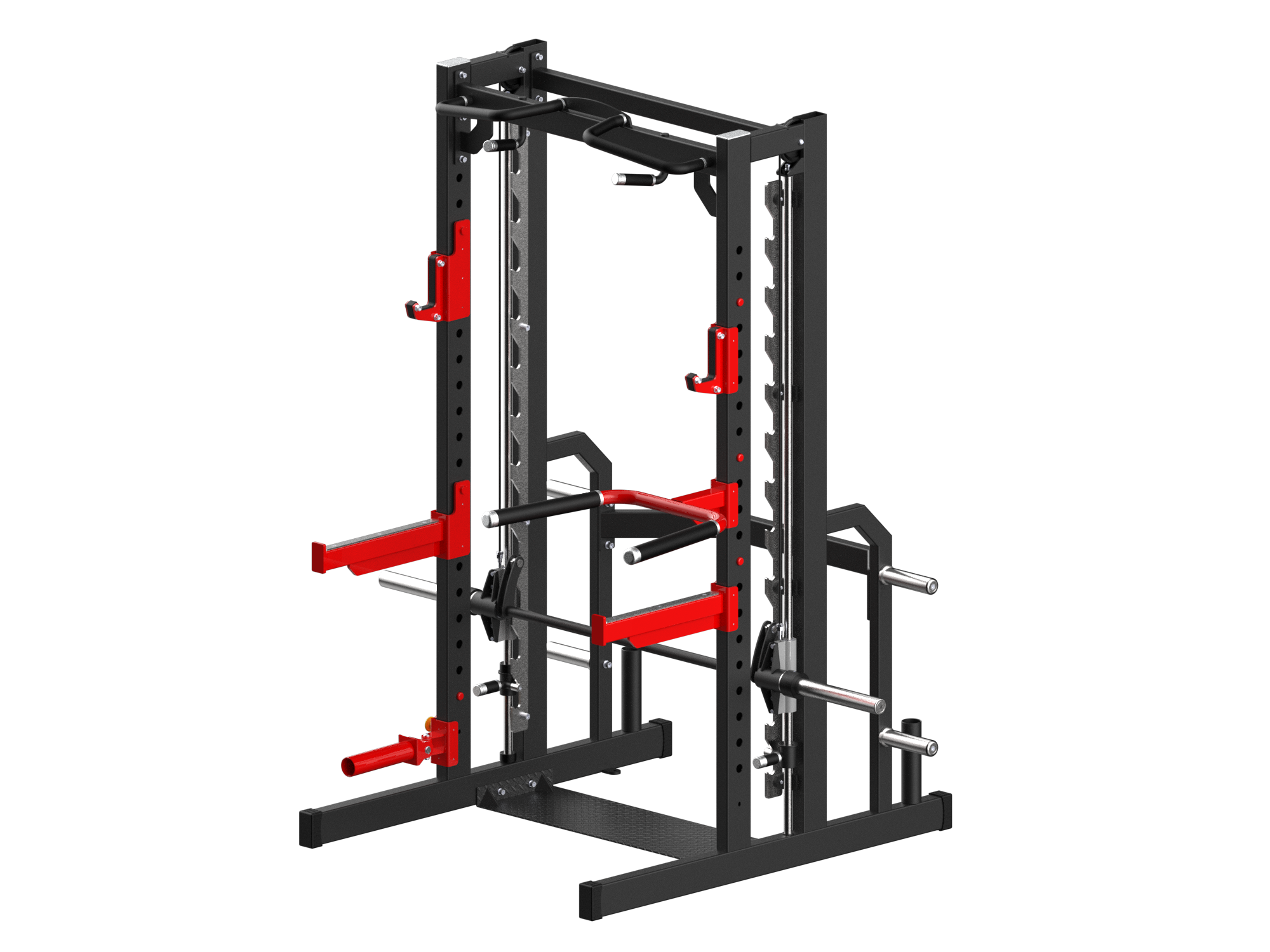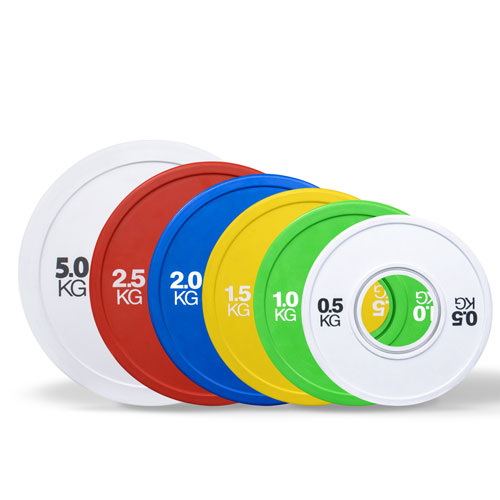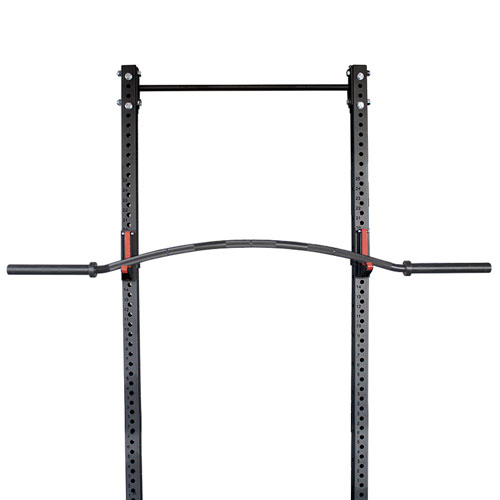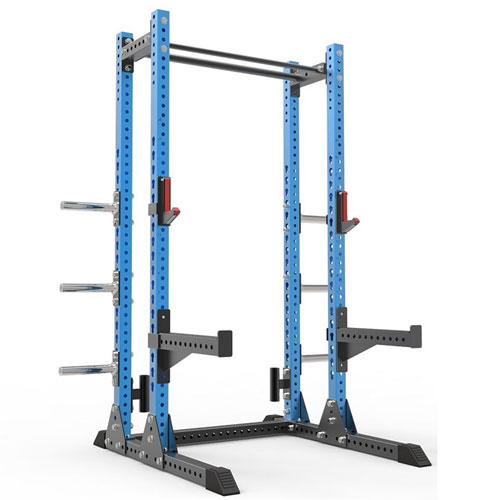5 ćwiczeń poprawiających postawę i zmniejszających ból
Ludzie są stworzeni do ruchu. Powinniśmy stać prosto. Powinniśmy chodzić z wysoko uniesioną głową.
Ale gdzieś w tym ewolucyjnym meandrze ktoś postawił przed nami komputer na stole i włożył nam do rąk telefon. Zaczęliśmy spędzać wiele godzin pochyleni. Nasze podbródki, niegdyś w przyzwoitej odległości od naszych gardeł, zaczęły przechylać się do wewnątrz. Nasze ramiona są zgarbione, a chód przygarbiony.
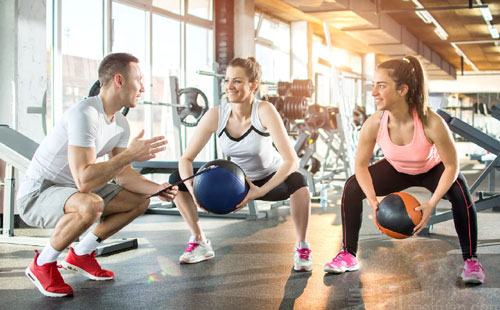
Kiedy nasza głowa - ważąca około 10 funtów - pochyla się do przodu, zwiększa to nacisk na nasz kręgosłup nawet o 60 funtów. Nic dziwnego, że wielu z nas boryka się z utratą masy mięśniowej, złą postawą i zwiększonym ryzykiem kontuzji. Fizjolodzy nazywają ten stan syndromem skrzyżowanej górnej i dolnej części ciała.
Zajęcia Orangetheory Fitness mogą oczywiście pomóc zrównoważyć te, jak i wiele innych współczesnych irytacji. Kluczem jest przeniesienie impetu z tych 60 minut na resztę życia.
Oznacza to, że ruch jest priorytetem w ciągu dnia, podobnie jak planowanie zdrowych posiłków i spędzanie czasu z bliskimi. Jeśli to zrobisz, poczujesz się lepiej i będziesz mieć więcej energii do codziennych zadań.
Aaron Santiso, fizjoterapeuta i członek medycznej rady doradczej w Orangetheory, oferuje te procedury rozciągania, które pomogą nam utrzymać siłę, wyrównanie i wysoką pozycję przez cały dzień. Niektóre zalecane przez niego ćwiczenia rozciągające są tak proste, że można pomyśleć: "Jak to może pomóc?". Zaufaj nauce. To prawda.
The name: Upper trapezius stretch
The target: The muscles in your upper back that help you raise your arms.
The reason: When you lift your arms, one shoulder may seem higher than the other. “Your body may be compensating during this movement pattern due to a muscular imbalance and weakness inside your shoulder,” Aaron says.
The method: Sit tall on a chair, grasping the edge of the seat with your right hand. Slowly bend your neck toward your left shoulder, using your left hand to direct your head. Be sure to keep your right shoulder pressed down. Stop when you feel a comfortable pull on the right side of your neck. Hold for 20 seconds; return to starting position and repeat on the left side. Aim for five stretches on each side, whenever you feel the need.
The name: Levator scapulae stretch
The target: If you know even pidgin Latin, you can translate this as raising the scapula — the shoulder blade, the bone that connects the upper arm and the collarbone.
The reason: Like the previous exercise, this helps keep your neck from taking over movements designed for your shoulders.
The method: Again, sit tall in a chair, holding onto the right side of the seat with your right hand. With your left hand on top of your head, tilt your chin toward your left armpit. Keep your posture straight, stopping when you feel a comfortable pull in the back of your neck. Repeat on the left side, holding each stretch for 20 seconds, for a total of five times on each side.
The name: Open-clam exercise
The target: This especially helps alleviate Upper Crossed Syndrome, which is discomfort in the neck, shoulders, chest, mid-back, elbows and wrists. It starts when we hunch over our computers and follows us into the gym, causing poor form and leading to more discomfort.
The reason: Who wants rounded shoulders, a collapsed chest, and a chin that juts out? Do this exercise two or three times a week to bring your center of gravity in line with your body.
The method: Lie on your side, knees bent at 90 degrees. Rest your head on one arm; with the other, hold your hip to keep from rolling your body. Lift your top knee an inch into the air, lower, and repeat. This targets the gluteus muscle, which helps stabilize knees, lower back and pelvis. Aim for four sets of 25 to 35 reps on each side, three or four times a week.
The name: Sideline external rotation
The target: Your shoulders and neck, so you can stand and sit tall without slouching.
The reason: Who wants bad posture? (We’re not seeing any hands being raised here!)
The method: Lie on the floor on your right side, supporting your head with your right hand or with a couple of pillows. With your left elbow at a 90-degree angle, hold a weight no heavier than five pounds in your right hand (any heavier and it could negatively affect your rotator cuff).
Powoli podnieś hantle do wysokości nieco powyżej łokcia, utrzymując kąt 90 stopni, jednocześnie utrzymując hantle równolegle do podłogi. Wykonaj to ćwiczenie od 15 do 25 razy i powtórz na drugą stronę. Staraj się wykonywać to ćwiczenie trzy do czterech razy w tygodniu.
The name: Hip flexor stretch
The target: The muscles basically responsible for lifting your legs and knees toward your body.
The reason: This counteracts the stiffness that develops when we sit too much, which the average American does for 13 hours a day. Sitting shortens these muscles and can bring about lower back pain, so stretching them is imperative.
The method: Start in a kneeling lunge position, right knee bent at a 90-degree angle over the ankle, left knee on the ground, weight evenly distributed to both legs. Draw in your navel. With hands on your hips, slowly move your body forward till you start to feel a stretch in your left leg.
Aby uzyskać głębsze rozciągnięcie, unieś ramię po stronie rozciąganej i skręć ciało w tę stronę. Przytrzymaj przez 30 sekund i powtórz na drugą stronę. To jeden zestaw; wykonaj jeszcze cztery, ściskając pośladek po każdej rozciąganej stronie. Postaraj się, aby stało się to codziennym nawykiem.
Oto kilka innych wskazówek, jak pozostać w ruchu (oczywiście poza treningami Orangetheory), nawet jeśli pracujesz przy biurku i siedzisz przez większość dnia. Czy okazały się pomocne? Podziel się nimi; w końcu wszyscy jesteśmy razem w tym ruchu.
1. Skorzystaj z toalety na innym piętrze.
2. Wykonuj pompki na blacie lub tricep dipy, czekając na podgrzanie kawy.
3. Co 30 minut wstawaj. Następnie usiądź. Następnie wstań do połowy; przytrzymaj przez 10 sekund, a następnie wstań do końca. Usiądź z powrotem. Pamiętaj, że każda chwila się sumuje.
4. Kiedy siedzisz, unieś obie stopy z podłogi. Przytrzymaj przez 10 sekund, 15 sekund lub 30 sekund. Powtarzaj przez cały dzień.
5. Jak najczęściej wychodź na zewnątrz. Nawet kilka minut na świeżym powietrzu może obniżyć ciśnienie krwi i zdziałać cuda, jeśli chodzi o nastrój.
6. Trzymaj piłkę przy biurku. Co jakiś czas umieszczaj ją między kostkami. Wyprostuj nogi, przytrzymaj przez kilka sekund, a następnie zegnij je.
7. Nawodnienie. Nigdy nie rozstawaj się z butelką wody. Napełniaj ją na innym piętrze, robiąc dwa kroki na raz.


